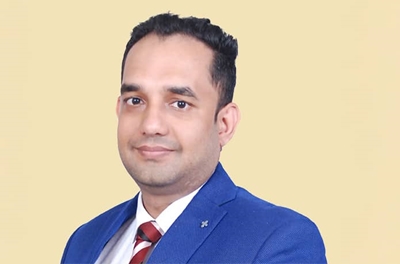Building a Better Auditor: Embracing Agile Audit
Blogs Hitesh Rathod, CIA Oct 21, 2024

Organizations worldwide face a variety of issues that put their resilience to the test, especially with risks around cybersecurity, technology, and changing regulations.
To stay ahead of the curve in managing these risks, it may no longer be possible to adequately assess risk and assure compliance using only traditional audit procedures. Internal audit functions must take a different, more appropriate approach in certain situations to address this. The answer? Agile audit.
Agile audit incorporates auditing techniques from agile methodologies, which are widely applied in software development. Agile audit places an emphasis on quick decision-making, adaptability, cooperation, and flexibility. Whereas traditional audit procedures often follow a direct and sequential methodology with long, comprehensive reviews, agile audit is iterative, with internal audit conducting audits in short, focused sprints. Because these “quick bursts” can focus on high-risk areas, internal audit may be able to assist senior management in addressing new risks, opportunities, and difficulties by more quickly assessing them.
Internal audit functions that use agile audit methods typically have greater collaboration and communication with stakeholders, giving auditors the freedom to modify their approach to meet the engagement's objectives. Working more closely with important stakeholders also leads to more accurate and comprehensive assessments of risks and controls, as well as more support from stakeholders. Another key feature that sets agile audit apart is its continuous assessment and monitoring of risks.
Other benefits include:
- Optimal use of the audit function by prioritizing audit coverage of high-risk/high value areas.
- Enhanced efficacy and efficiency in risk assessment.
- Greater transparency because of stakeholder involvement.
- A greater capacity for flexibility in response to changing business conditions.
- A stronger focus on offering insightful information.
- Quicker issue identification and resolution.
Is the Grass All Green on the Agile Side?
Agile auditing offers benefits, but it's important to weigh the challenges, as well. It may be necessary for internal audit to change its culture to successfully implement agile audit. Additional resources and training may be needed. Stakeholders may be resistant to the shift, especially if they've been using a conventional auditing technique. Furthermore, scope creep — a revision of the original audit scope — is a potential danger associated with agile auditing. To make sure that the agile approach does not jeopardize the efficacy and integrity of the internal audit function, auditors should be aware of these concerns.
How internal can audit prepare to adopt an agile approach:
- Get internal audit team members comfortable with agile methodology by teaching and assisting them in best practices.
- Assemble a group of diverse auditors who understand the fundamentals of agile auditing and possess in-depth industry knowledge.
- Develop an audit plan with a flexible timetable and a list of important topics that internal audit wants to cover.
- Establish a closer relationship with the audit client to better understand their evolving needs.
- Specify what the in-scope audits should achieve.
- To improve the efficacy and efficiency of audits, make the most of data analytics and technology within the larger internal audit function.
- Create matrices with key performance indicators to gauge the effectiveness of the audits.
An agile auditing approach helps organizations remain compliant with changing regulatory requirements and react quickly to emerging risks. Risk detection is more efficient, and issue resolution is faster. By implementing agile methods and encouraging cross-functional cooperation, organizations can attain long-term success and growth while skillfully navigating the intricate business landscape of today.


